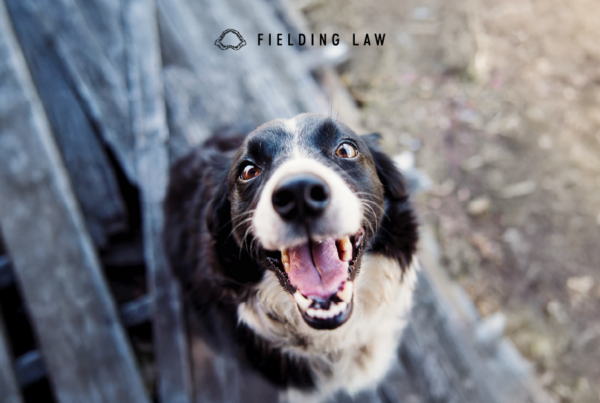Dogs, often cherished members of our families, bring immeasurable joy and comfort. However, National Dog Bite Prevention Week, observed from April 7-13, 2024, serves as a crucial reminder that our beloved furry friends are animals with the capacity to bite. While their bites can be painful and even dangerous, prevention is the key to ensuring the safety of both humans and pets. In the United States, an alarming 4.5 million people, primarily children, experience dog bites annually, with 20% requiring immediate medical attention. This week, let us collectively work towards fostering awareness and understanding that proactive measures significantly outweigh the consequences of life-threatening dog bites.
Why National Dog Bite Prevention Week is Important
One in Every Five People Require Medical Attention:
Over 800,000 people annually in the U.S. need medical attention due to dog bites. This includes treatments for pain relief, infection prevention, plastic reconstructive surgery, and other interventions to address complications.
Children are Vulnerable Victims:
Children aged nine and younger are at the highest risk of dog bites. The aftermath often involves nerve damage, facial feature damage, and emotional trauma.
Any Dog Can Bite:
Challenge misconceptions that only specific dog breeds are prone to biting. This week emphasizes that a dog’s appearance does not determine its potential to bite when provoked. Any dog, regardless of breed or training, can bite, especially when disturbed during certain activities or caught off guard.
Tips for Responsible Dog Owners
- Regular Veterinary Check-ups
Schedule routine check-ups to ensure your dog is in good health. Regular visits allow for early detection of potential issues and help in maintaining overall well-being. - Education for Children
Teach children about respecting dogs’ boundaries and understanding their body language. Encourage gentle interaction and supervise their interactions with dogs. - Provide Mental and Physical Exercise
Keep your dog mentally stimulated and physically active. Engage in activities like walks, play sessions, and puzzle games to prevent boredom and reduce the likelihood of behavioral issues. - Use Leashes in Public
Whenever you’re in public spaces, use a leash to maintain control over your dog. This not only ensures the safety of others but also prevents unexpected interactions that could lead to stress for your pet. - Precautions for Aggressive Dogs
If your dog has a history of aggression, take necessary precautions. Use muzzles or other safety measures when in public, and consider seeking professional training to address behavioral concerns. - Supervise Interactions
Always supervise interactions between your dog and others, especially children. This helps prevent potential conflicts and ensures a positive experience for everyone involved. - Secure Fencing
Maintain secure fencing around your property to prevent your dog from escaping and potentially encountering unfamiliar situations. This is crucial for the safety of your pet and others. - Identification
Ensure your dog has proper identification, including tags with contact information and a microchip. In case your dog does get lost, these measures increase the chances of a safe return. - Spaying/Neutering
Consider spaying or neutering your dog, as this can reduce certain behaviors associated with aggression and roaming. Consult with your veterinarian to determine the best timing for the procedure. - Socialization
Gradually expose your dog to various environments, people, and other animals to promote positive socialization. This helps them become more adaptable and less likely to react negatively in unfamiliar situations.
Fielding Law: Your Advocates for Dog Bite Injuries
As we stand together to raise awareness during National Dog Bite Prevention Month, Fielding Law stands ready to offer expert guidance. The compassionate and capable team at Fielding Law, reachable at 833.88.SHARK, is committed to assisting those affected by dog bite injuries. Let us work collaboratively to create a safer environment for everyone, both two-legged and four-legged members of our communities.
Note: Information provided is for educational purposes and does not constitute legal advice. Always consult with a qualified attorney for legal concerns.






